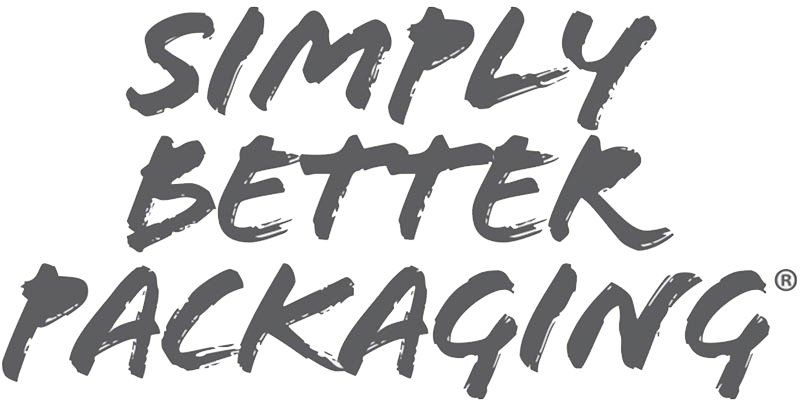Definitions
A blister is a basic, cost effective custom thermoformed packaging solution that protects your product behind a clear plastic “blister” sealed to an informational card. Also called a blister pack or blisterpak.
Custom thermoformed box inserts are widely used for tools, medical and food items. They are often used for insertion into shipping cartons with clear windows to hold items in place for display. A box insert is typically made of HIPS material that has minimal draft and flanges which allow it to take up less of the box it is sliding into.
A clamshell or clam shell is a custom thermoformed package that allows both front and back viewing of the product. Usually, it is flat on the back with a “blister shape” on the front and is either hinged with a snap ring or sealed, depending on the client’s needs. They also allow card inserts or information media to be placed behind the product.
Made from special ESD materials, usually high tolerances due to components which are placed into trays. Trays are usually multi-pocketed with finger slots and are stackable.
Injection molding is when plastic granules are melted, then injected into a mold cavity to create the required component or product shape.
A thermoformed pouch is usually described as a rectangular bag with three sides sealed prior to filling and closing.
A custom thermoformed tray is a multi-cavity packaging option that can serve many different functions. They can be used for standalone store displays, medical device shipping carriers or assembly part carriers. They can also be designed as part of a larger packaging product or have lids, snap devices or just for stacking.
Clamshells are clear, custom thermoformed packaging created for retail clients to help them merchandise their products. Tri-fold clamshells give retailers the option to hang product on a peg, stand it on a shelf or arrange it in a display. They are designed with three parts which fold together and snap into a rigid package. With the triangular design, tri-fold clamshells can easily stand on their base.
Material Descriptions
Amorphous polyethylene terephthalate. Also known as virgin PET or PETE.
BPI10 (Conductive High Impact Polystyrene)
Is widely specified for many applications because of its bulk conductivity, durability, and ease of thermoforming.
Materials for protection and prevention of ElectroStatic Discharge (ESD). They are categorized into three separate groups; separated by their ranges of conductivity to electrical charges.
- Anti-Static: Resistivity generally between 109 and 1012 ohms per square (for definition of ohms per square – see below). Initial electrostatic charges are suppressed.
- Static Dissipative (SD): Resistivity is generally between 106 and 109 ohms per square. Low or no initial charges and prevents discharge to or from human contact.
- Conductive (CN): Resistivity is generally between 103 and 106 ohms per square. Prevents initial charges and provides a path for charge to bleed off.
HDPE (High density polyethylene)
HDPE is used in a variety of applications and industries where excellent impact resistance, high tensile strength, low moisture absorption and chemical and corrosion resistance properties are required. The two biggest advantages of custom thermoformed HDPE are toughness at temperatures as low as -180°F and the ability to withstand steam sterilization at 250°F.
HIPS (High Impact Polystyrene)
Has a high dielectric strength and is resistant to a wide variety of chemicals: alkali, salts, lower alcohols, and many acids. It also has great dimensional strength, balanced properties of impact strength and heat resistance. HIPS is easily machined, relatively low in cost and 100% recyclable.
It doesn’t matter. Ohms per square is the unit of an electrical measurement of surface resistivity across any given square area of a material. It is the measurement of the opposition to the movement of electrons across an area of a material’s surface and normalized to a unit square. This measurement is intended to be a basic material parameter and not dependent on absolute area, length or thickness.
PET (polyethylene terephthalate)
Is a clear, tough, stable polymer with exceptional gas and moisture barrier properties. It is often used to contain carbon dioxide (alias carbonation) in soft drinks bottles. Virgin PET sheets’ safety in food applications allows for it to be made into a variety of items for food packaging, including clamshells, trays, containers, and more.
PETG (extruded polyethylene terephtalate glycol)
PETG is tough, clear, versatile, easy to work with, chemically resistant, and affordable. It provides excellent material distribution and part definition during custom thermoforming. PETG meets all current food contact legislation. Virgin PETG sheets comply with Food and Drug Administration (FDA) regulations.
Polypropylene is strong, yet highly elastic. Also, it is recyclable for reuse in more applications than other plastics. The ability to hot fill and microwave make polypropylene suitable for deli containers, ready meat trays and blister packs for medical and pharmaceutical packaging.
Has excellent chemical resistance and dielectric properties, good tensile, flexural and mechanical strength, low moisture absorption, exceptional dimensional stability and good flammability characteristics. PVC is safe to use in popular items such as blister packs and insert trays.
RPET (recycled polyethylene terephthalate)
RPET is the result of the recycling of plastic carbonated soft drink. water bottles and plastic PET containers that are almost exclusively PET. It retains most of the same attributes of PET with the added benefit of being a recycled and recyclable product and can be referred to as post-consumer recycled PET. This material is often used in retail and food packaging.
Manufacturing Terms
The amount of angle on the side walls of a mold. The greater the draft, the easier to release the part from the mold.
All molded features below sheetline.
Flat border around part left after trimming, larger flanges allow for better stacking.
All molded features above sheetline.
RF sealed (radio frequency sealed)
Thermoplastic materials are bonded together using radio frequency energy by employing a polyvinyl chloride buffer above and below the materials being bonded while applying pressure and radio frequency energy.
Flat plane of reference running horizontal through the machine.




